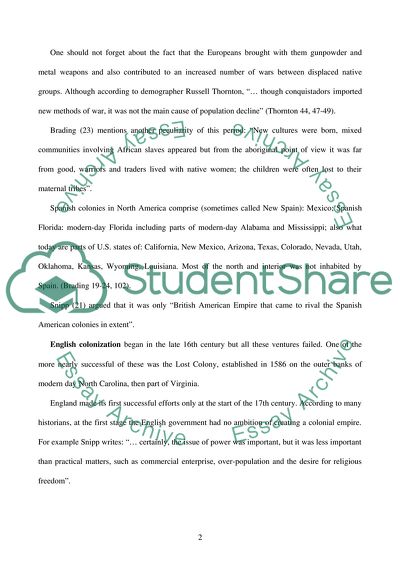Cite this document
(“Spanish vs. English colonization of America Essay - 1”, n.d.)
Retrieved from https://studentshare.org/history/1535490-spanish-vs-english-colonization-of-america
Retrieved from https://studentshare.org/history/1535490-spanish-vs-english-colonization-of-america
(Spanish Vs. English Colonization of America Essay - 1)
https://studentshare.org/history/1535490-spanish-vs-english-colonization-of-america.
https://studentshare.org/history/1535490-spanish-vs-english-colonization-of-america.
“Spanish Vs. English Colonization of America Essay - 1”, n.d. https://studentshare.org/history/1535490-spanish-vs-english-colonization-of-america.


